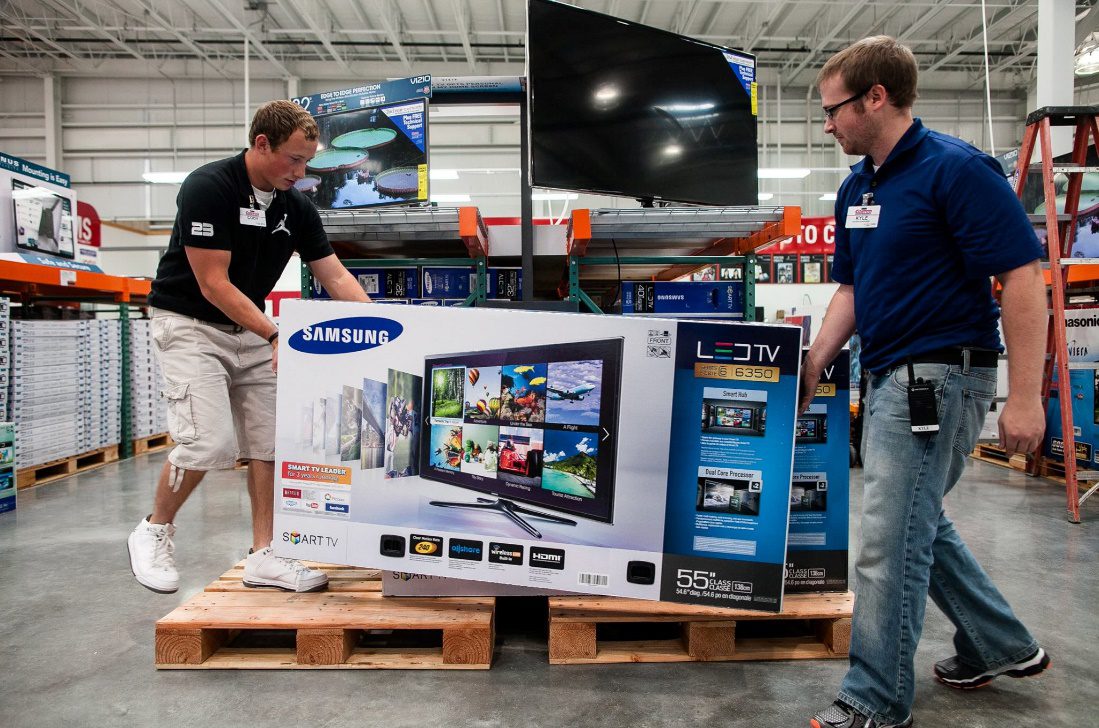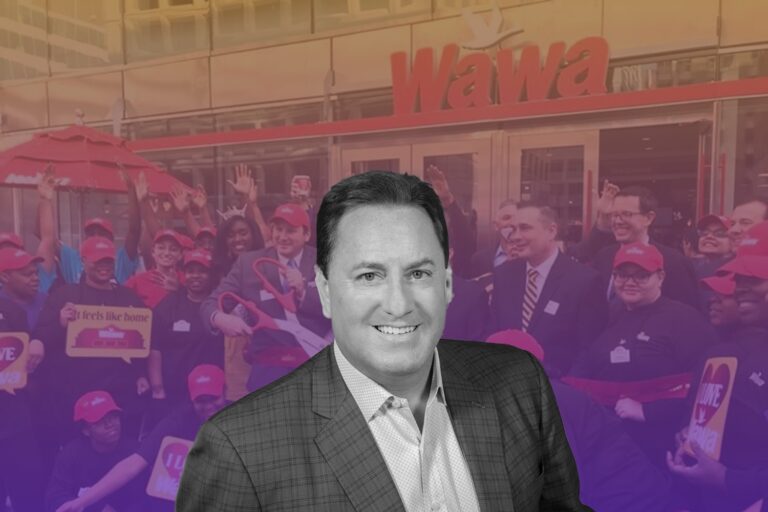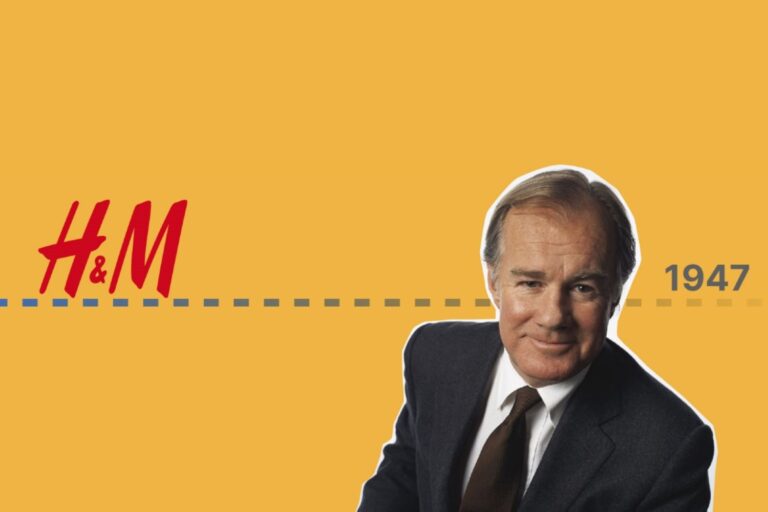The Unveil of Why Costco So Success and the Truth from Limitations to Business Model
Costco Wholesale Corporation, doing business as Costco, is an American multinational corporation which operates a chain of membership-only warehouse clubs. Costco’s worldwide headquarters are in Issaquah, Washington, a suburb east of Seattle; the company opened its first warehouse (the chain’s term for its retail outlets) in Seattle in 1983. Through mergers, Costco’s corporate history dates back to 1976, when its former competitor Price Club was founded in San Diego, California.
In the United States, Costco’s main competitors operating membership warehouses are Sam’s Club and BJ’s Wholesale Club. Costco employs 254,000 full and part-time employees worldwide.
Costco was the first company to grow from zero to $3 billion in sales in under six years. For the fiscal year ending on August 31, 2012, the company’s sales totaled $97.062 billion, with $1.709 billion net profit. As of 2019, Costco is ranked #14 on the Fortune 500 rankings of the largest United States corporations by total revenue. The ACSI (The American Customer Satisfaction Index) named Costco number one in the specialty retail store industry with a score of 84 in 2014.
As of 2015, Costco was the second largest retailer in the world after Walmart, and as of 2016, Costco was the world’s largest retailer of choice and prime beef, organic foods, rotisserie chicken, and wine. As of 2019, Costco is ranked 14 on the Fortune 500 rankings of the largest United States corporations by total revenue.
The Secret to Costco’s Success in Supply Chain Efficiency
Costco established the warehouse club retail business model, which relies on bargaining power, a no-frills shopping atmosphere, supply-chain efficiencies, and customer-friendly typical markups on branded products. Now, Costco is transforming its no-fuss wholesale business into a global brand.
#1. Earning Back from Membership Fees
Costco has become a significant shopping destination for consumers across all income levels, as well as small businesses. This is foremost because Costco derives approximately 75% of its operating profits from membership fees.
Costco derives nearly all of its profits from membership fees, allowing the firm to sell many of its products at little to no margin, and sometimes at a loss. These loss-leading capacities are reinforced by the firm’s deployment of gasoline to drive store traffic. When blended with membership renewal rates above 85%, these characteristics give Costco a defensible competitive advantage.

In fiscal 2014, Costco sold $110 billion worth of merchandise at a gross margin of around 10.7%, excluding membership fees. This is far lower than traditional retailers; Walmart, for example, typically manages a gross margin of around 25%.
But Costco does not actually make its money selling things. It charges its members an annual fee for the privilege of shopping at its stores, and these fees represent the bulk of Costco’s operating profit. In 2014, Costco generated an operating profit of $3.22 billion. Of this amount, $2.43 billion came from membership fees.
Unlike other retailers, where a decline in same-store sales can lead to collapsing profits, Costco’s profits rest on its ability to persuade people shell out $55 per year for a membership. With its prices often far lower than at competing retailers, it is not difficult to make the case to consumers, especially since the average Costco member has a household income of nearly $100,000. This leads to an extremely stable base of members, with retention rates in excess of 85%. It is no surprise, then, that Costco’s profitability has been so consistent over the years.
#2. Succeeding Overseas
There is little room for more household penetration because Costco already has more than 70 million members; historical sales and earnings growth forecasts may not be justifiable.
In 1985, Costco opened its first warehouse outside the U.S. in Canada. Currently, Costco has 187 locations in Canada, Mexico, the U.K., Japan, Taiwan, Korea, and Australia. Overseas sales more than doubled from 2008 to 2013. While other traditional American retailers grapple to stay competitive in international markets, Costco’s no-fuss warehouse-shopping model is a new experience for international consumers. Remarkably, people in Asian markets are acclimatizing well to shopping in bulk—although it means fastening pallets of toilet paper and enormous teddy bears to the back of their motorbikes as they whizz away from the Costco parking lot.
#3. A Good Living Wage for Employees
Costco has long been known for paying higher wages and offering more liberal benefits than its rivals have—and generating greater sales per square foot, too.
Costco pays its employees unusually well for a retailer. While the company’s starting pay is $11.50 per hour, not much better than many other retailers, the average employee wage is around $20 per hour. The national average wage for a retail sales worker is just $11.39. In addition to high wages, the vast majority of Costco employees also get company-sponsored healthcare. For instance, the average hourly wage for a full-time worker at Wal-Mart is $12.81, Costco pays its workers an average of nearly $21.
Costco can afford to pay such high wages because its employees are extremely productive. Here’s how Costco’s revenue per employee stacks up against other retailers.
The average Costco employee generates nearly triple the revenue compared to the average Wal-Mart and Target employee. Now, part of this is because of Costco’s business model. Its spartan warehouses require far fewer employees to run compared to a big-box store. But what keeps customers coming back, and what keeps members renewing their memberships, are consistently good experiences. With highly paid, happy employees, Costco is able to better deliver on this than traditional retailers like Wal-Mart.
Costco sees the return on this investment in its low employee turnover rates: Just 10% in 2013 and 7% for employees who have worked at least one year. High employee retention permits Costco to reduce considerably on training costs.
#4. Strategy for Customers to Increase Their Frequency of Visits

An extraordinary selection of products that is a bit more refined than most but at a pretty good price. A typical Costco store only carries about 5,000 items, and there is a bunch of those items that rotate regularly.
Having customers deciding to return is important; having them decide to return more frequently each month or quarter is even more important as there is a direct correlation between customer frequency and annual total spending. Not only that, the more customers spend the more likely they are to renew their membership. Costco has developed three major reasons for customers to increase their frequency of visits:
Treasure hunt
To create a sense of excitement, urgency, and a need to visit frequently, Costco provides a flow of in-out items continually throughout the year: Buy now, it may not be here next week! Finding these non-repeated in-out offers creates a treasure hunt environment. Obviously, the more often a customer visits, the more “treasures” you discover.
The store does have a layout, but within that layout, everything is rotated frequently to keep you looking. This would never work at Walmart or Target – because you would get frustrated. However, at Costco, it is part of the fun to “treasure hunt” a new find. They have a very wide selection of very different merchandise types which offers a unique convenience level as a shopper.
Coupon book
A booklet of “clipless coupons” is mailed to members monthly. The strong coupon values are effective for 25 days in the coming month. Members need only present the item (no need to cut out the coupon) to receive the $-off rebate for the coupon item. When the program began, it seemed that Costco was introducing “specials”, the antithesis of an everyday, low-cost operation. But it is a brilliant way to increase member visits as most of the attractive coupon items have rebate limits of 1, 2, or 4 items in one transaction. You can buy more of the item in the transaction but at regular price. If, however, you want to buy more at the rebate price, just visit more often in the 25-day period. It is simple operationally for Costco: No paper coupons to handle and the coupon rebates are processed automatically when the item is scanned.
Lowest-price gas
In the US, most Warehouses have an adjacent gas station, priced every day to be the lowest among the surrounding gas stations. Members have come to trust Costco’s consistently lowest price as indicated by Costco’s average gas stations weekly sales of over $500,000, which is more than 10 times the US gas station average! As vehicles are usually refilled weekly, this has proved to be a powerful driver of visits.
#5. Marketing Focus to Drive Customers to Spend More
Showing members how spending, more saves them more, whether in a few or many visits, is Costco’s third area of marketing focus. It is seen in various ways:
Large Sizes
Items are in large-sized packs to lower the cost per unit measure (e.g., per ounce). Likewise, in its Fresh Departments, such as Meat, the pack-sizes are large. This obviously increases the average selling price per item bought but the customer realizes she is getting greater value this way.
Executive Membership
Regular membership is $55 a year for the primary cardholder. Executive membership with added benefits, including a 2% annual purchase rebate, is offered for $110. Not only does it reward the higher spending members, but it encourages all Executive members to seek out other Costco items and services to buy, such as its lower-cost insurance and travel offers. It works: the 38% members who are Executive generally spend more than others and their share of sales continues to grow.
True Earnings(R) Credit Card
Costco, in conjunction with American Express, offers members this no-fee credit card that rewards increased spending at Costco: 3% cash back on Costco gas purchases, 2% cash back on Costco travel purchases and 1% cash back on other Costco purchases. Cash back benefits also accrue when used outside of Costco, e.g., 2% cash back at US restaurants and on eligible travel purchases, and 1% cash back on most other purchases. Many True Earnings(R) credit card holders’ annual cash back total covers their membership fee with plenty left over.
Costco website
Costco’s website features 18 diverse categories that include selected in-store items together with many more that are available only on-line (including caskets!) In addition, such purchases are eligible for any appropriate Costco purchase rebate program the member has. This encourages value-oriented customers to “think Costco first” when shopping for anything.
#6. Distinguished Productivity Mindset of Costco’s Business Strategy

Costco is committed to low costs and high wages. It resolves this paradox by running a simple business and stripping away the non-essentials. They have dared to be different and have dedicated their efforts to eliminate functions that lower employee productivity. Productivity, of course, both of employees and assets, leads to lower operating costs. To illustrate how their productivity mindset is different from many food retailers, consider the following:
- No advertising: no newspapers, radio, TV, billboards, or PR agent.
- No weekly specials with labor-intensive changing prices, shelf tags, and displays.
- No promotional store signs on products or as hanging ceiling signs.
- Simple functional checkout system; no bagging supplies or service.
- Short WH hours: 10:00am-8:30pm (earlier closing on weekends). Increases sales per hour.
- Narrow range of high velocity merchandise across a wide range of categories. For example, they offer 12 large-size Cereal SKUs vs 245 in a typical food retailer.
- Everything possible is handled on pallets: Delivered; stored; and sold from. Pallets are moved by forklift, meaning minimal labor handling per item sold.
- High racking on the retail floor used for back-up merchandise means minimal backroom and warehouse storage areas.
- Wide aisles for easy movement of pallets and customers.
- High inventory turn: inventory is often sold before being paid for thereby increasing asset productivity.
- Minimal over- and under-stocks saves labor.
Highlighted 4 Limitations to Costco’s Business Model
Costco has been very successful. The company boasts a membership renewal rate of over 90% in the U.S. and Canada. In the year 2019, its members paid roughly $3.35 billion in membership fees, which was up 7% from 2018. In turn, this means that Costco’s revenues are fairly stable, but there are risks to using this business model.
#1: Consumer Preferences
Changing consumer preferences could affect Costco. The company uses a warehouse approach. It buys certain items in large quantities and tries to sell them as quickly as possible. But the method only works if it can maintain those high volumes. If consumer preferences change, Costco could be left with large amounts of unwanted, and possibly perishable, goods.
#2: Memberships
One of the biggest problems with Costco’s business model is its dependence on memberships. This strategy works well as long as its members keep coming back and continue purchasing items in bulk as they have historically, but several issues could affect that trend. Customers could choose to move their memberships to a competitor, such as Walmart’s Sam’s Club. Membership costs – which range between $60 and $120 per year at Costco—are roughly the same at other wholesale retailers and the discounts are fairly similar as well. The only real difference is selection, and that is also tied to consumer preference.
Simply put, if consumer demand for products changes, Costco could lose out. Also, Costco competes against specialty retailers, such as Office Depot, PetSmart, and Amazon’s Whole Foods. Customers looking for certain products may prefer those retailers over Costco.
#3: Omnichannel Experiences
Right now, most retailers are adopting an omnichannel focus, which offers the option to buy products online or in stores. Consumers today use different connected devices to shop online, research products, and compare prices. While Costco’s emphasis on the warehouse allows the bulk discount retailer to keep prices very low, it does not really translate to the type of omnichannel experience many customers expect now. Costco is making some investments towards that goal, but there is no guarantee that those efforts will be successful or that the changes will be implemented in time for the company to remain competitive.
#4: Bulk Items Delivered
When buying in bulk, transporting everything home can be a real problem. For people in urban areas – who may be unable to park near their buildings or families with young children who may find transporting bulk goods too much to handle—it can be a deciding issue.
Costco offers some online services, but there are other discount bulk providers such as Amazon’s Prime and Jet that offer similar deals and free shipping. Amazon offers free shipping for $119 per year (in addition to other benefits, such as streaming video), while Jet does not have membership fees and has many deals that are similar to those that Amazon Prime offers.









